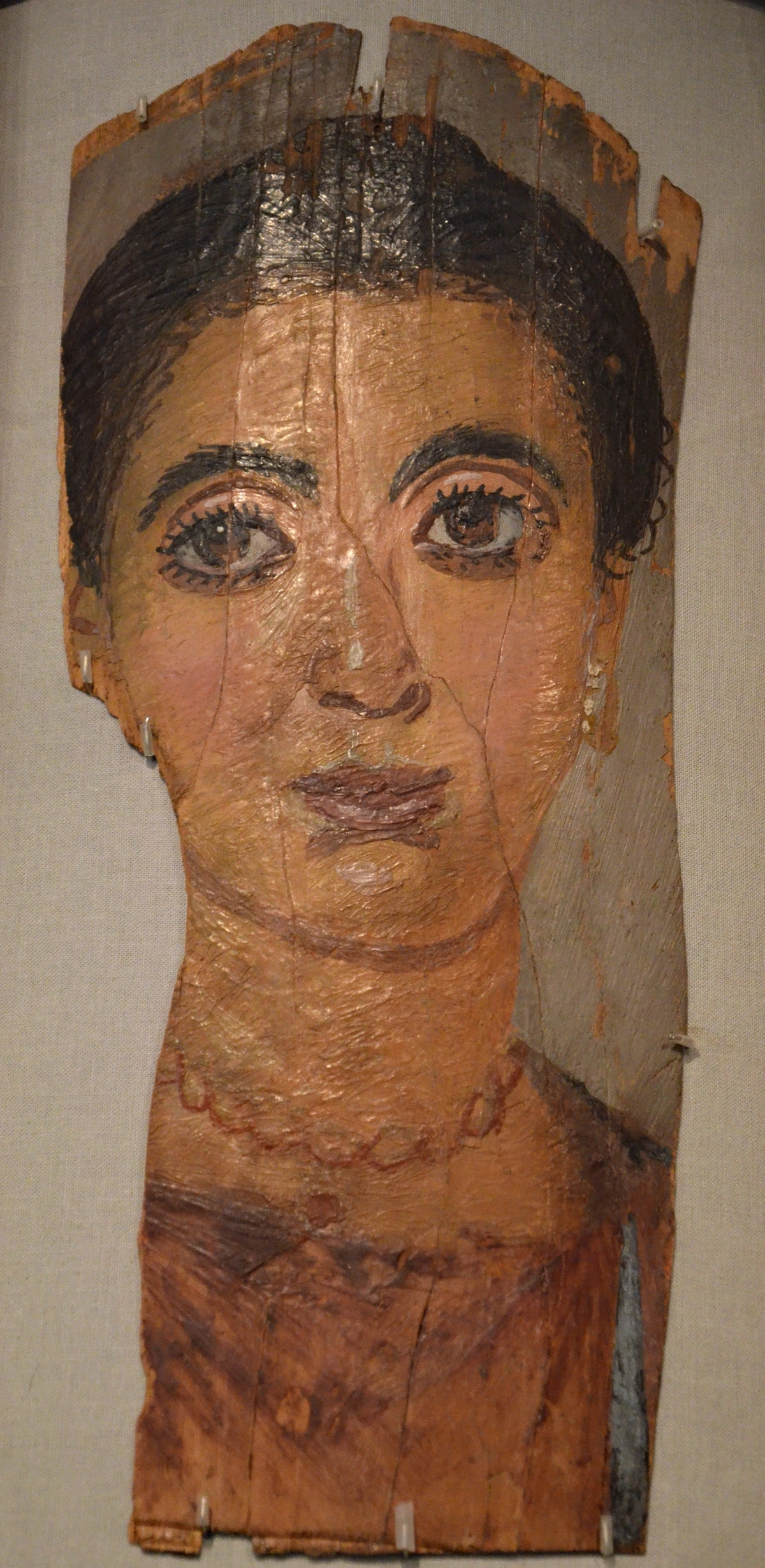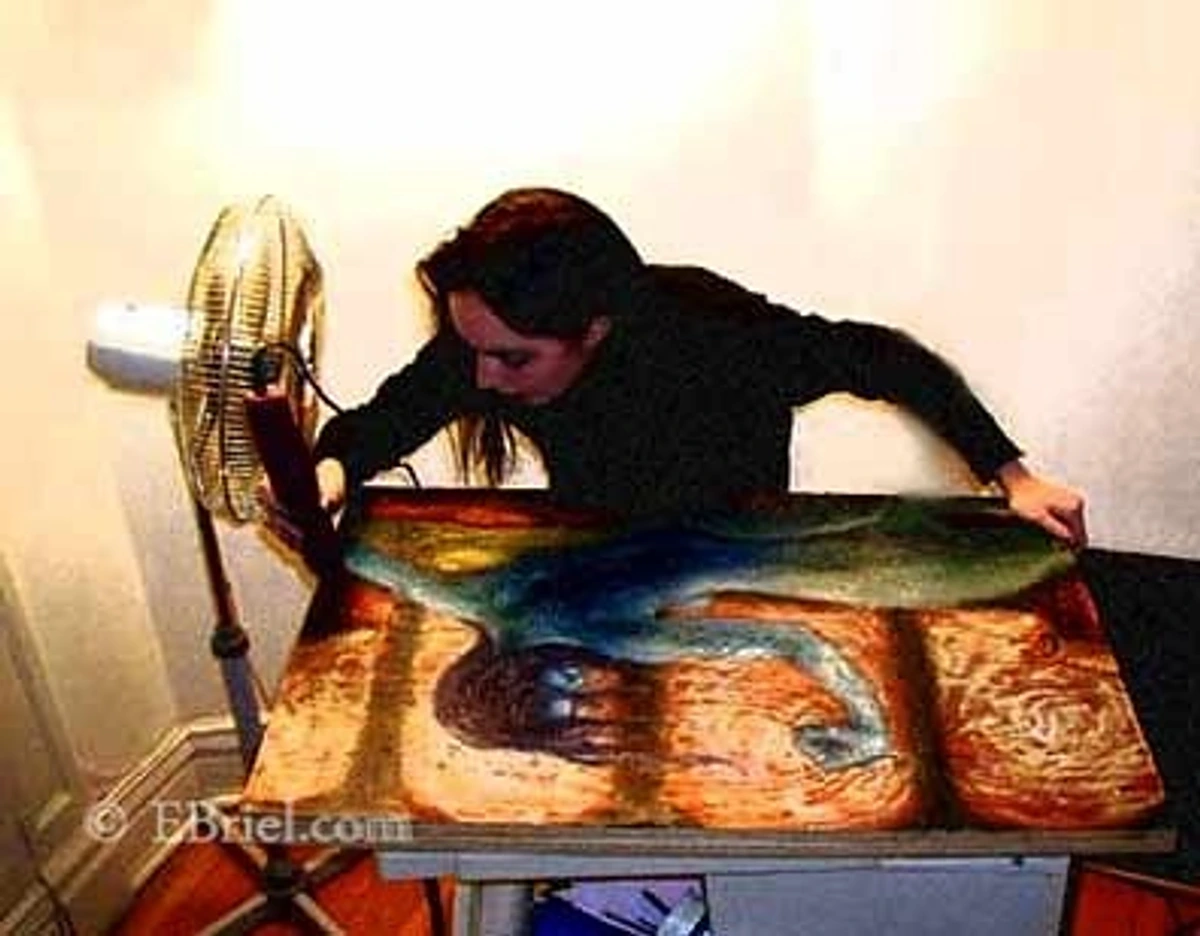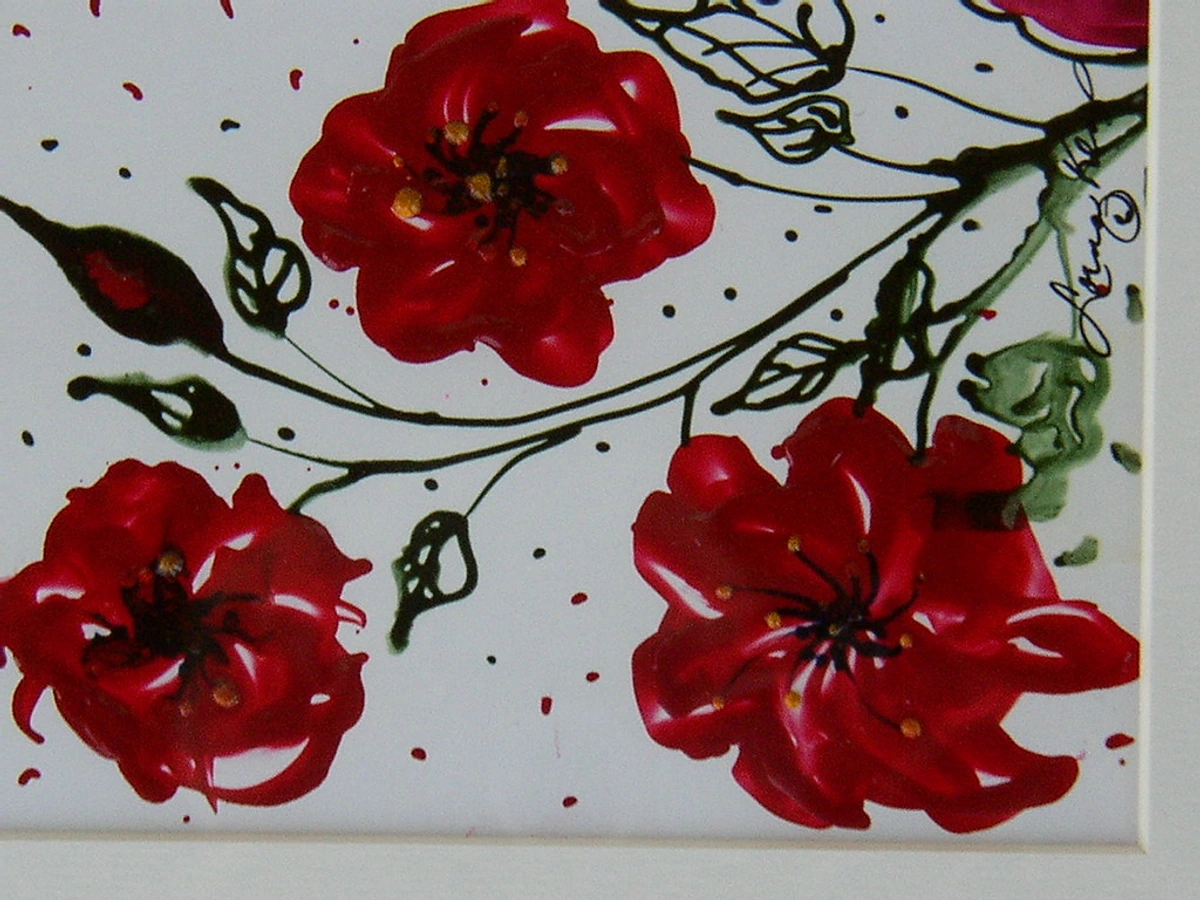
Encaustic Painting: A Definitive Guide to Wax Art & Its Secrets
Dive into the luminous world of encaustic painting. Explore its ancient history, essential tools, diverse techniques, and why this mesmerizing wax art continues to captivate artists today.
You know, sometimes I stumble upon an art form that just clicks with me. It’s not always obvious, and often, it’s the most unexpected ones that whisper, “Come closer, I have stories to tell.” Encaustic painting is definitely one of those. It’s this ancient, almost mystical process of painting with heated wax, and honestly, it feels like a secret language, one spoken through layers of luminous, textured pigment. I remember the first time I really saw an encaustic piece, not just a photo. The way the light caught the surface, the subtle depth that felt like looking into a warm, slightly foggy dream... it was mesmerizing. It had this incredible, almost sculptural quality that you just don't get with other mediums. And that, my friends, is where my fascination truly began. This fascination led me down a rabbit hole, and I soon discovered the rich history and surprising versatility of this vibrant art form.
So, What Exactly Is Encaustic Painting, Anyway?
At its heart, encaustic painting (that’s a fancy Greek word, enkaustikos, meaning “to heat or burn in”) is the process of painting with molten beeswax, usually mixed with natural tree resin (like damar) for hardness and stability, and pigments for color. The mixture is kept warm on a heated palette, applied in layers, and then each layer is fused (or melted) into the previous one with a heat source. Think of it like building up a luminous, waxy sculpture, one brushstroke at a time. The result is a uniquely durable, vibrant, and tactile surface that truly feels alive.
The Core Ingredients: Wax, Resin, and Pigment
So, what goes into this magical concoction? The triumvirate of encaustic are simple, yet powerful:
- Beeswax: This is the soul of encaustic. Pure, filtered beeswax forms the bulk of the medium, offering its characteristic translucence and aroma. I've always found the subtle scent of warm beeswax incredibly grounding while I work.
- Damar Resin: Now, plain beeswax can be a bit soft and prone to scratching. That's where damar resin, a natural tree sap, comes in. Adding damar crystals to the molten wax increases its melting point, makes it harder, more durable, and gives it a beautiful, almost jewel-like transparency, preventing the wax from cracking as it cools and ages. It’s like the backbone of the medium, giving it structure.
- Pigments: These are the colors that bring the wax to life. Artists can add dry powdered pigments directly to the molten medium, or use commercially prepared encaustic paints which are already pre-mixed with wax and damar. The choice of pigment can dramatically change the feel of a piece, from earthy ochres to vibrant modern hues. You can even experiment with oil paints, though you have to be careful with the ratio to maintain the wax's integrity.
A Whisper from the Past: Encaustic's Ancient Roots
It's wild to think that this art form isn't some fleeting modern trend, but something that has quietly, persistently, been around for thousands of years. The word 'ancient' really isn't an exaggeration here. Encaustic painting dates back to the ancient Greeks, who used it to paint ships and sculptures, protecting them from the elements with its incredibly durable finish. But perhaps the most striking examples we have are the Fayum mummy portraits from Roman Egypt, dating back to the 1st to 4th centuries AD. These remarkably preserved, hyper-realistic portraits still retain their incredible luminosity and depth, a testament to encaustic's longevity. Imagine that! Artworks from nearly 2,000 years ago, looking as vibrant as if they were painted yesterday. It's a humbling thought for any artist today.

For centuries, the technique largely faded from popularity, only to be rediscovered and reinterpreted periodically. Even the renowned neoclassical painter, Jacques-Louis David, experimented with encaustic in the 18th century, though it remained a niche practice for a long time. It really wasn’t until the mid-20th century that contemporary artists began a true revival, captivated by its unique qualities.

The Painter's Arsenal: Essential Materials and Tools
Alright, so you're intrigued. You're probably thinking, 'How do I even start with something that needs to be molten?' Good question! Working with encaustic requires a few specialized tools, but honestly, it's not as intimidating as it sounds. You just need to respect the heat.
- Heated Palette: This is your workbench. It's a temperature-controlled surface (often electric) that keeps your encaustic medium molten and ready to apply. Mine sits right next to me, a constant low hum of warmth.
- Heat Gun or Torch: After applying a layer of wax, you need to "fuse" it. This is where the magic really happens – gently melting the newly applied layer into the one beneath it, creating a unified, durable surface. A heat gun is great for controlled fusing, or a small propane torch for larger areas or more dramatic effects (though I always recommend extreme caution and good ventilation with any flame!).
- Natural Bristle Brushes: Synthetic brushes melt! So, natural hair brushes or hake brushes are essential for applying the molten wax.
- Rigid, Absorbent Support: Unlike canvas, encaustic needs a sturdy surface that won't flex and crack the wax. Wood panels, rigid boards, or even heavy watercolor paper (mounted on a rigid support) are perfect. The surface also needs to be absorbent to give the wax something to grab onto.
- Ventilation: This is non-negotiable. Working with heated wax and resin can produce fumes, so a well-ventilated space, ideally with an extractor fan, is absolutely crucial for your health. Seriously, don't skimp on this one.
- Other Tools: Think dental tools for incising lines, scrapers for texture, even household items for interesting marks. The possibilities for experimentation are endless.

Crafting the Magic: Basic Encaustic Techniques
Once you have your tools, the real fun begins. Encaustic isn't just about painting in the traditional sense; it’s a more dimensional, sculptural process.
- Layering and Fusing: This is the foundation. Apply a thin layer of molten wax, fuse it, then repeat. You can build up incredible depth and translucency this way. I often find myself getting lost in the rhythm of this process, each layer adding a new whisper to the story.
- Incising and Scraping: While the wax is still warm, you can use sharp tools to incise lines or scrape away areas, revealing underlying colors. This is where the medium truly becomes sculptural.
- Embedding and Collage: Because it's wax, you can embed all sorts of materials: papers, textiles, photographs, even small found objects. This adds texture and narrative, creating fascinating mixed-media pieces. It’s a wonderful way to incorporate other parts of your artistic journey into a piece.
- Texture Building: You can create thick, impasto textures, smooth, glassy surfaces, or anything in between. The ability to sculpt the surface with heat and tools is what makes encaustic so unique.

The Sculptural Dance: Why Encaustic Feels Different
Remember how I mentioned that incredible, almost sculptural quality? This is one of the most compelling aspects of encaustic. Unlike oil or acrylic paint, which mostly exist on a two-dimensional plane, wax builds up. You can literally sculpt with it, creating ridges, valleys, and textures that catch the light in extraordinary ways. This physical dimension invites viewers to not just look, but almost feel the artwork with their eyes. It’s a dialogue between surface and light, between pigment and palpable form. When I'm working, I'm not just thinking about color and composition; I'm thinking about how the light will play across those layers, what secrets they'll reveal at different angles. It's truly a dance.
Beyond the Ancient: Contemporary Explorations
While encaustic has ancient roots, contemporary artists are pushing its boundaries in exciting new directions. From abstract expressionist pieces that highlight the medium's raw, textural possibilities, to delicate, layered works that evoke ethereal landscapes, the modern encaustic scene is incredibly vibrant. Artists are combining encaustic with photography, printmaking, and even digital media, demonstrating its adaptability. If you're looking to buy art that has a unique presence, you'll find encaustic pieces that truly stand out. It's a medium that rewards experimentation and offers a tactile experience unlike any other.

My Continued Journey with Wax
For me, encaustic painting isn't just a technique; it's a conversation. It's about patience, about letting the material guide you, and about finding beauty in the unexpected. The process itself is almost meditative, a constant negotiation with heat and flow. I've spent countless hours in my studio, often lost in thought, the warm scent of beeswax filling the air as I explore new ideas. The challenge and reward of mastering this unique medium continue to fuel my artistic passion, much like the journey of building my museum in Den Bosch. It's a reminder that sometimes, the oldest paths lead to the most surprising new discoveries.
Conclusion
So, from ancient mummy portraits to vibrant modern abstracts, encaustic painting has maintained its allure, a testament to its enduring beauty and versatility. It's a medium that demands respect for its heat, but in return, offers unparalleled depth, texture, and luminosity. If you ever get the chance to see encaustic art up close, take a moment to truly feel it with your eyes. I promise you, it whispers.




